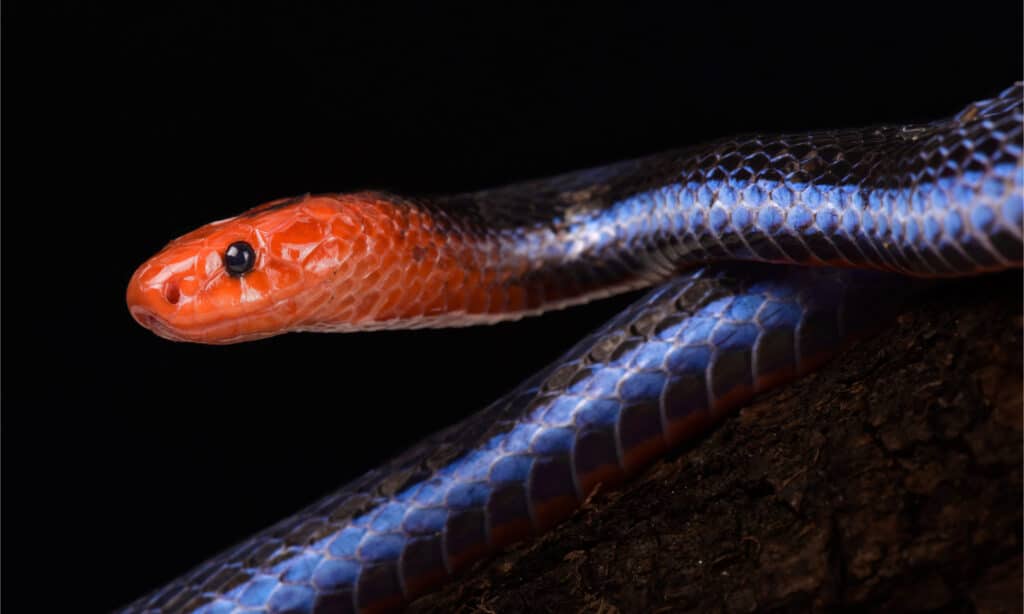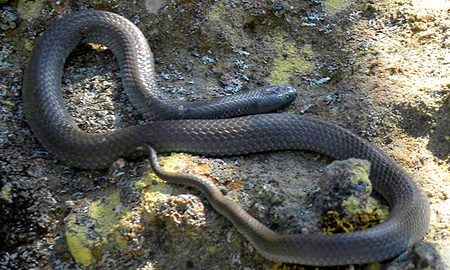Introduction
Tiger snakes are amongst the most well-known and been afraid reptiles in Australia, extensively acknowledged for their striking look and potent poison. This write-up intends to explore the intricacies of Psychological Support the tiger serpent's environment, distribution, behavior, and what one can anticipate when coming across these fascinating animals. By comprehending where to locate them and how to navigate prospective dangers, you can value their duty in the environment while ensuring your security.
Tiger Serpent Environment: Where to Find Them and What to Expect
Tiger snakes are mostly located in southeastern Australia, consisting of Tasmania, where they grow in a variety of environments. Their flexibility allows them to populate diverse terrains such as coastal regions, wetlands, meadows, and even city areas.
Geographical Circulation of Tiger Snakes
The geographical reach of tiger serpents expands throughout several Australian states. They are especially common in:
- Tasmania: The Tasmanian tiger serpent is one of the most acknowledged subspecies. Victoria: Located near water bodies like rivers and lakes. New South Wales: Liking bushland areas close to water sources. Western Australia: Even more generally seen around swamps and estuaries.
Understanding the geographical circulation is critical for both preservation initiatives and public recognition pertaining to encounters with these snakes.
Preferred Habitats of Tiger Snakes
Tiger snakes thrive in numerous environments. Below are some normal atmospheres where they might be located:
Wetlands: They favor marshy or boggy areas where they can access victim easily. Coastal Regions: Near coastlines or rough shorelines supply bountiful food sources like fish and amphibians. Forested Areas: Thick underwood offers shelter from killers while offering hunting grounds.Behavioral Patterns Associated with Habitat
Understanding tiger serpent actions within their habitats is essential for communication management:

- Nocturnal Activity: Tiger snakes have a tendency to be a lot more energetic during golden hours (dusk and dawn), making them harder to identify during daytime. Territorial Nature: They exhibit territorial behavior; thus, it's vital to appreciate their room if encountered.
This understanding can aid mitigate undesirable interactions in between humans and tiger snakes.
Are Tiger Snakes Venomous?
Yes, tiger serpents are without a doubt poisonous. Their venom has neurotoxins that can cause paralysis or perhaps fatality if untreated.
What Makes Their Poison Dangerous?
The strength of a tiger snake's poison differs depending upon numerous factors:

- Geographic location Individual health Quantity infused throughout a bite
Symptoms of a Tiger Serpent Bite
Recognizing symptoms early is vital:
- Pain at the bite site Swelling Difficulty breathing
Immediate clinical focus is essential if bitten.
First Help for Serpent Bites
Knowing first aid treatments can be lifesaving in case of a snake bite.
First Aid Tips for Snake Bites
Stay calmness; maintain the afflicted location still. Call emergency situation solutions immediately. Apply a pressure plaster above the bite site. Keep the individual relaxing till help arrives.Following these actions can considerably enhance end results following a serpent encounter.
Where Else Can You Come Across Tiger Snakes?
While they're frequently located in their natural habitats, urbanization has led to increased encounters with humans.
Urban Encounters
Tiger serpents may venture into gardens or parks searching for food or water sources.
Precautions When Treking or Exploring
When discovering areas known for tiger snake environments:
- Wear thick boots Stay on paths Be vigilant
Taking these precautions will aid reduce threats while you enjoy nature.
Baby Tiger Snakes: A Special Perspective on Growth
Just like adults, infant tiger snakes are born venomous however smaller in dimension.

Characteristics of Infant Tiger Snakes
- Size: Commonly around 20-- 30 centimeters when born. Appearance: Sport similar coloration as adults however might have lighter bands initially.
Understanding their development aids in valuing their eco-friendly duty from early stage onward.
FAQs regarding Tiger Snakes
1. Are all tiger snakes venomous?
Yes, snakes in australia all species of tiger snakes have poison efficient in triggering major harm.
2. How can I determine a tiger snake?
Look for distinct Additional resources banding patterns ranging from yellowish-brown to blackish shades along their bodies; grownups usually expand between 1-- 2 meters long.
3. What ought to I do if attacked by a tiger snake?
Seek immediate medical focus; apply emergency treatment steps as talked about earlier while keeping calm.
4. Do child tiger snakes pose any danger?
Absolutely! Regardless of their little dimension, infant tiger snakes are still venomous and can provide bites that require significant clinical attention.
5. Are there any details environments I ought to avoid?
Avoid going through thick underbrush or near stagnant water where conditions favor snake presence during warmer months.
6. How do conservation efforts influence tiger snake populations?
Conservation initiatives concentrate on habitat preservation which straight influences population security by making certain sufficient food sources and risk-free reproduction locations.
Conclusion
In recap, understanding "Tiger Snake Habitat: Where to Discover Them and What to Expect" not only enhances our knowledge regarding these exceptional reptiles yet also enhances our capacity to coexist safely with them in shared atmospheres. From acknowledging their liked habitats to knowing just how to react properly if bitten, comprehensive understanding equips all of us-- whether we're wildlife lovers or laid-back walkers-- to value this fascinating element of Australia's natural heritage while prioritizing our safety.
This write-up serves as a considerable overview on every little thing pertaining to tiger serpent environments! Whether you're a passionate explorer or a person looking simply for information concerning these animals, knowing exactly how they interact within their ecological communities-- and just how we suit that photo-- is crucial!